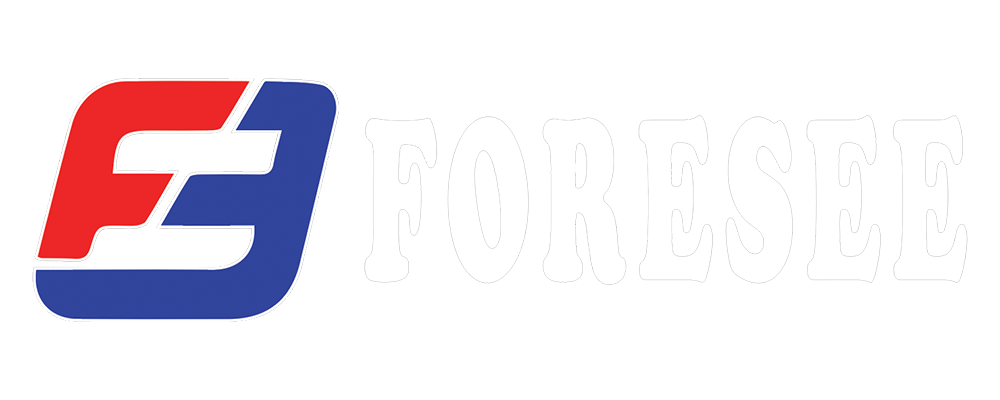Proper storage and handling of hoses are essential to ensure their longevity and performance. Here are some tips on how to do it:
1. Clean the Hose: Before storing a hose, make sure it is clean and free of any debris, dirt, or chemicals. This prevents contamination and damage during storage.
2. Drain and Purge: If the hose has been used for fluid transfer, drain it thoroughly to remove any remaining fluids. You can also purge it with compressed air to ensure all liquids are removed.
3. Coil the Hose: Coil the hose in a large, even loop rather than tightly winding it around a hose reel or drum. Avoid kinks and sharp bends, which can weaken the hose structure over time.
4. Protect from Sunlight: UV radiation from sunlight can degrade hose materials over time. Store hoses in a cool, shaded area or use hose covers to protect them from sunlight.
5. Avoid Sharp Edges: Ensure that hoses are not in contact with sharp edges or abrasive surfaces that can cause abrasion or cuts.
6. Use Hose Hangers or Racks: Store hoses on hangers or racks designed for hose storage. This prevents them from touching the ground, which can lead to damage.
7. Store Off the Ground: Elevate hoses off the ground to prevent moisture absorption and damage from contact with rough surfaces.
8. Keep Hose Ends Protected: Cap or plug the ends of hoses to keep out dirt, debris, and insects. This also helps prevent contamination and damage to hose fittings.
9. Temperature Considerations: Store hoses away from extreme temperatures, both hot and cold, as extreme temperatures can affect the hose materials.
10. Inspect Regularly: Periodically inspect stored hoses for signs of wear, damage, or degradation. Replace any damaged hoses promptly to avoid potential failures.
11. Rotate Stock: If you have a large inventory of hoses, implement a "first in, first out" (FIFO) system to ensure older hoses are used before newer ones to prevent aging and degradation of unused hoses.
12. Proper Hose Reels: If you use hose reels, choose high-quality reels that are designed for the type and size of hose you are using. Ensure they have a controlled rewind feature to prevent hose damage during retraction.
13. Follow Manufacturer's Recommendations: Always follow the manufacturer's guidelines for storage and handling specific to the type of hose you are using.
Proper storage and handling practices can significantly extend the life of hoses and help maintain their performance and integrity over time. It's important to prioritize these practices to ensure the safety and reliability of your hose systems.

Recent post